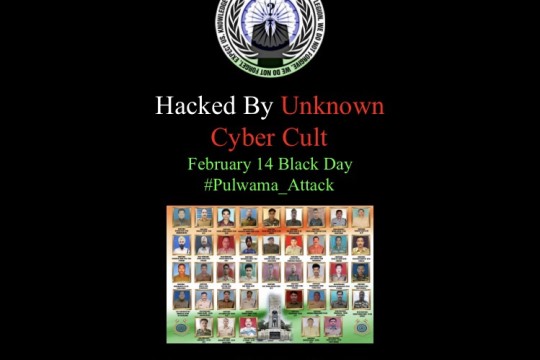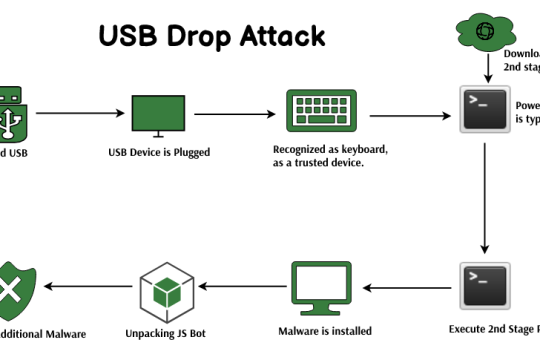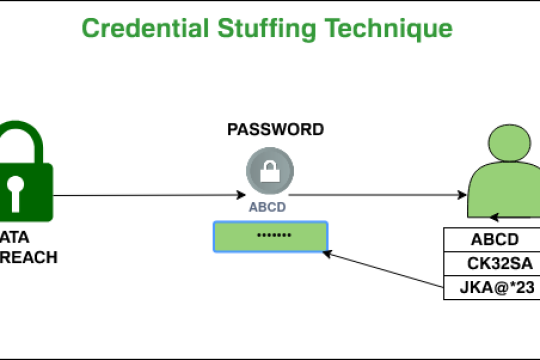Durex India customers may have leaked online
Durex India, a well-known brand for condoms and personal lubricants, has accidentally exposed sensitive information of its customers through its official website. TechCrunch was the first one to report about this breach, which has raised serious concerns about privacy and security, especially considering the intimate nature of the products involved.
cyber scam of ₹1.3 crore in Bengaluru to 77-year old woman
In a shocking case of cyber fraud, a 77-year-old woman from Bengaluru was defrauded of nearly ₹1.3 crore by scammers posing as telecom department officials and Mumbai Crime Branch officers
Gh0st RAT Trojan Targets Chinese Windows Users via Fake Chrome Site
Gh0st RAT is a long-standing malware that has been observed in the wild since 2008, manifesting in the form of different variants over the years in campaigns primarily orchestrated by China-nexus cyberespionage groups.
Telegram Zero-Day Vulnerability
Telegram has patched a zero-day flaw in its Android application that allows attackers to hide malicious payloads in video files. Learn more about the flaw and how it affects Telegram users
Centre shuts 379 illegal loan websites, 91 phishing sites
The Indian Cyber Crime Coordination Centre (I4C) shut down 379 illegal loan websites and removed 91 phishing sites between October 2023 and March 2024. I4C also made 310 malicious '.in' domains non-functional and introduced a 'Report Suspect' feature to combat cyber fraud
CrowdStrike says over 97% of Windows sensors back online
More than 97% of Windows sensors were online as of Wednesday evening, CrowdStrike said in an update posted on its website. The systems are nearly fully restored after the company's July 19 software update crashed millions of Windows-based devices and froze corporate networks
Meta Removes 63,000 Instagram Accounts Linked to Nigerian Sextortion Scams
Meta Platforms on Wednesday said it took steps to remove around 63,000 Instagram accounts in Nigeria that were found to target people with financial sextortion scams."These included a smaller coordinated network of around 2,500 accounts that we were able to link to a group of around 20 individuals," the company said. "They targeted primarily adult men in the U.S. and used fake accounts
Canara Bank's official social media HAcked
Canara Bank's official social media handle on X (formerly Twitter) has been hacked. The hacker changed the username of the handle to 'ether.fi'. Currently, Canara Bank's official account (@canarabank) has 2.55 lakh followers. However, the bank has yet to take action in response.
Personal data of 7.5 million Boat customers data leaked on dark web
Boat, one of India's leading wearables brands in India, has reportedly suffered a massive data breach. According to a report by Forbes India, personal data of more than 7.5 million customers has been leaked on the dark web. The report cites a hacker named ShopifyGUY, who claims to have leaked the data on dark web.
ShodanX
information gathering tool that harnesses the power of Shodan's extensive database. it offers multiple modes and flexible queries to extract valuable insights for security assessments, reconnaissance, and threat intelligence. With colorful output and intuitive commands, ShodanX empowers users to efficiently gather and analyze data from Shodan's facets, enhancing their cybersecurity efforts.
GoogleDorker - An next level of Google Dorking tool For Cybersecurity
GoogleDorker is a command-line-based Google Dorking tool designed for bug hunters and penetration testers. It enables users to perform in-depth searches using Google Dorks to gather information about their targets. Utilizing Google's provided free APIs, GoogleDorker empowers cybersecurity professionals to conduct comprehensive reconnaissance and vulnerability assessment.
61 Pakistani Websites Hacked on Valentine's Day
UCC Hackers Team Strikes: 61 Pakistani Websites Defaced on Valentine's DayThe targeted websites, spanning governmental agencies, educational institutions, and commercial enterprises, fell victim to the calculated maneuvers of the UCC Hackers Team
Install Honeypot on Linux With Demo
Honeypots are computer applications that collect information from hackers and other criminals. They can be used from a physical or a virtual location, and come in many forms. Honeypots use a wide range of techniques to trap malicious activity and are primarily used in the information security industry
How to Prevent Man In the Middle Attack?
In a web application, there are two actors usually: the client and the server. The third entity that remains unnoticed most of the time is the communication channel. This channel can be a wired connection or a wireless one. There can be one or more servers in the way forwarding your request to the destination server in the most efficient way possible.
What is Sniffing Attack in System Hacking?
A sniffing attack in system hacking is a form of denial-of-service attack which is carried out by sniffing or capturing packets on the network, and then either sending them repeatedly to a victim machine or replaying them back to the sender with modifications
USB Drop Attack in System Hacking
The USB drop attack is a client-side attack in system hacking. This means that an attacker must be physically near the victim and plug a malicious USB device into the victim’s computer to launch this type of attack. This type of cybersecurity hack is often used by cybercriminals to steal data or install malware onto a vulnerable PC
Password Attack Threat?
The term “attack” is used here to denote performing a variety of hacks, including brute force and social engineering, that require access to the target’s computer system or network
Brute Force Attack
A Brute force attack is a well known breaking technique, by certain records, brute force attacks represented five percent of affirmed security ruptures. A brute force attack includes ‘speculating’ username and passwords to increase unapproved access to a framework. Brute force is a straightforward attack strategy and has a high achievement rate.
Windows Hacking
Windows OS is a graphical user interface (GUI) operating system developed by Microsoft. It was first released in 1985 as an add-on for MS-DOS, which was the most popular version of MS-DOS at that time. In its early days, Windows OS was known as “Microsoft DOS” or “MS-DOS” and later on it became known as Windows 1.0 in 1987. The name changed to Windows NT when it was released in 1993 and then again






















